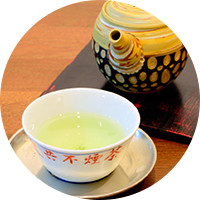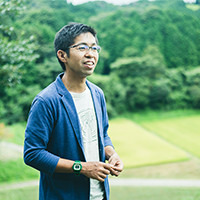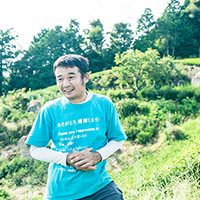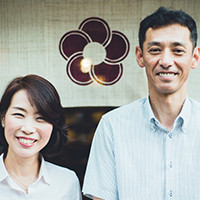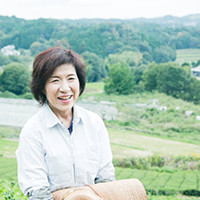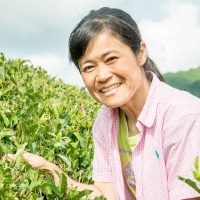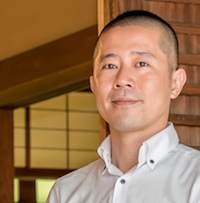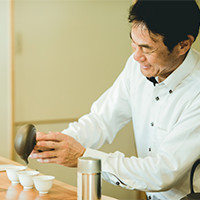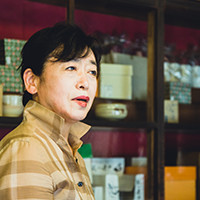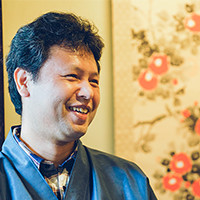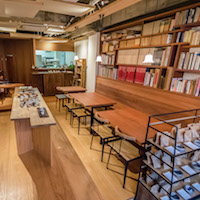The taste of Yamato tea
Tea making dates back more than 1,200 years in Nara and it is still one of the major producers of tea in Japan. The local tea, Yamato tea, is grown and processed primarily in its mountainous natural environment. In Japanese, the place in the house where all family members gather is called chanoma, meaning “a place for tea.” The refreshing aroma and pleasant flavor give comfort to the mind and body and create a leisurely moment of pure relaxation.
Visit the producers and sellers of Yamato tea
Find the secrets behind Yamato tea hidden in the misty village of Tsukigase and learn interesting facts about the tea in the cultural towns in Nara.
Story of Yamato Tea
The temple origins of tea culture
The 1200 year history of Yamato tea begins in 806 when the monk Kūkai brought back tea plant seeds from China, then ruled by the Tang dynasty. He subsequently planted them in Uda, Nara, and spread the making of and recipes for tea along with his teachings.
Tea was closely associated with Japanese Buddhism and it spread widely among the temples. Eventually, in the 15th century, Murata Jukō from Nara founded the Japanese tea ceremony, which features the wabi-cha style of tea enjoyment.
The seamless history of Yamato tea
Nara’s black tea was highly acclaimed worldwide for its quality during the Meiji period (1868-1912). Thereafter, Yamato tea became more famous for green tea. While the number of producers decreased, it still enjoys its presence as popular tea in modern Nara.
The seeds that Kūkai sowed have flourished into the rich history and wide variety of Yamato tea found today.
- Delicate with a beautiful color and rich flavor
- Variation as Japanese black tea with a unique crispness
- Organic, natural cultivation of gentle flavor with no chemicals
- New youthful challenge in making blended herbal tea
- Hand-rolled tea carefully made from picking to finishing

